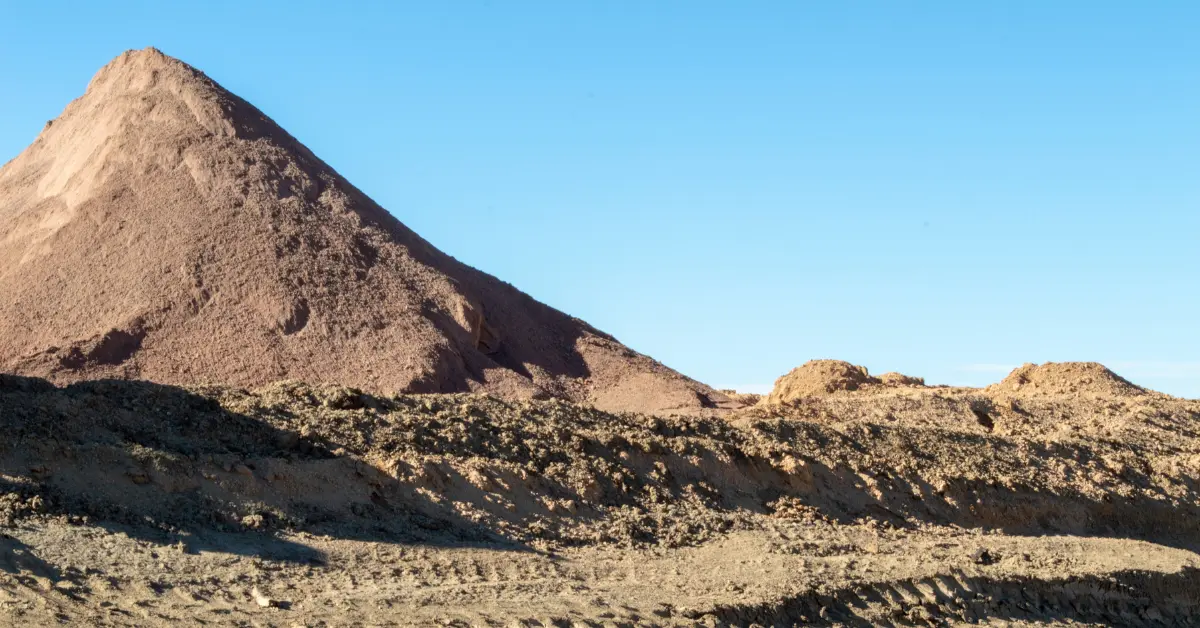
In the past, finding quality soil meant relying on local suppliers, hoping they had the right type in stock, and arranging transportation yourself. Today, online soil marketplace platforms are making it easier to match buyers and sellers without leaving home. These websites and apps connect people needing dirt with those with extra to sell. Whether you're a landscaper, builder, or gardener, these platforms give you the ability to compare prices in real time. You can even schedule deliveries with just a few clicks, making it more convenient than calling around to check availability.
Understanding Soil Types and Use Cases
Organic Topsoil
This soil type includes decomposed leaves, compost, and minerals, which help retain moisture and improve aeration. It’s beneficial for vegetable patches and flower beds where root health is essential. When buying this soil online, look for listings that mention compost content, pH balance, and drainage capacity. Quality organic topsoil will feel soft, dark, and crumbly. Gardeners often blend it with mulch or sand depending on their planting needs, but it can also be used for high-yield crops or ornamental plants.
Screened Landscaping Dirt
Screened dirt has been filtered to remove debris, making it easier to spread and compact. This kind of soil is frequently used in grading yards, building berms, or smoothing uneven ground before installing sod. Because it’s processed, it has a uniform texture that ensures consistent coverage across a property. It’s also popular for filling low spots or shaping terrain before laying hardscapes. Check the screen size used in processing, as finer screens will result in smoother soil that is better suited for precise work.

Clean Fill Dirt
Clean fill dirt delivery is likely part of your checklist if you're tackling a building project. This soil type is not meant for growing things. Contractors use it to fill holes, raise ground levels, and stabilize foundations. “Clean” doesn’t contain contaminants or unwanted materials like glass, metal, or chemical waste. It’s often sourced from excavated land where dirt is removed during construction. Because of its density, clean fill settles well and supports heavy loads. Delivery options make it easy to move large volumes directly to a job site without managing your hauling.
Where to Find Dirt Online and How to Choose Wisely
Navigating Listings
It’s important to read the full description carefully rather than just relying on the photos or price when browsing a dirt for sale listing online. Listings usually include the soil type, estimated volume, and details about its origin. Buyers should also take note of delivery options. One of the most valuable features of an online dirt exchange is the ability to apply filters that sort listings by your specific criteria. Whether you’re filling in a small patch of yard or need truckloads for a commercial build, being able to sort by volume ensures you only view appropriate options. Filtering by soil composition is equally important; you may only want loamy soil for planting or sand-heavy mixes for drainage-focused projects. A localized search helps minimize fuel use and wait times, especially when working on tight schedules or strict budgets.
How to Verify Sellers
By combining platform-provided verification tools with your own scrutiny, you can confidently choose a vendor who delivers both product and service excellence. Here’s how to thoroughly evaluate a dirt seller online:
- Check Verified Seller Badges: Many online platforms offer a verification program that awards badges or special icons to sellers who have completed identity verification, met quality benchmarks, or passed business background checks. These badges appear near the seller’s name and are often clickable for additional information. A verified badge signals that the platform has taken extra steps to confirm the seller's legitimacy. Buyers should prioritize vendors with this designation, especially for larger or time-sensitive orders. They should be considered a foundational layer of trust that complements other forms of due diligence. Platforms to sell dirt may also remove badges if sellers fall short on performance metrics over time, so it’s essential to check the recency and relevance of the verification.
- Review Photos Closely: High-resolution, well-lit images that clearly display the soil’s color, texture, and composition strongly sign seller professionalism. Be wary of listings with blurry, outdated, or obviously stock photos, as these may indicate a lack of transparency or an attempt to obscure product quality. Look for signs of foreign material, especially if you purchase topsoil online for gardening or landscaping. Multiple angles or photos of the soil in different lighting conditions are even more helpful, giving a fuller picture of what you’ll receive. If the listing doesn’t provide sufficient visuals, contact the seller and ask for additional photos. Sellers who hesitate or refuse this request may not be offering a reliable product.
- Read Buyer Comments: Past buyer feedback is one of the most telling indicators of a seller’s reliability. Review sections typically include details about delivery punctuality, product accuracy, and overall satisfaction. Look for consistent praise or complaints rather than isolated incidents. For example, repeated mentions of delays, underdelivered quantities, or soil inconsistencies should raise red flags. Glowing reviews that mention professionalism, clean soil, and timely drop-offs can confirm a seller’s credibility. A seller who engages constructively with feedback shows they’re committed to maintaining their reputation and improving user experience.
- Ask for Testing Proof: If your project requires uncontaminated, nutrient-rich, or pH-balanced soil, then testing documentation becomes essential. Reputable sellers should be able to provide recent soil test results from certified labs, especially if they’re marketing their product for use in gardening, agriculture, or environmental restoration. These reports often include data on organic content, moisture levels, heavy metal presence, and pH values. Requesting this proof protects your project from potential harm and helps you validate that you’re receiving what the listing claims. Vendors who readily provide this documentation demonstrate both knowledge and transparency, two critical indicators of a trustworthy seller. You can also compare multiple sellers’ test reports to choose the one that best aligns with your soil specifications.
- Evaluate Communication: From your first inquiry onward, assess how quickly and thoroughly they respond. Do they answer your questions directly, or do they deflect and delay? Are they transparent about delivery timelines, soil origin, and return policies? Sellers who are organized and prompt in their replies are more likely to handle orders accurately and fulfill commitments on time. You should also note that tone often reflects a vendor who values customer relationships and service quality. Evasiveness or hostility in communication can foreshadow poor experiences, especially if issues arise during delivery.
Verifying dirt sellers online is a multi-step process that rewards attentiveness. As demand for soil continues to rise across residential and commercial projects alike, equipping yourself with a methodical approach to seller verification ensures that you receive high-quality material.

Pricing and Cost-Saving Strategies
Dirt Pricing Basics
Most sellers list topsoil for landscaping by the cubic yard, which measures the volume of the material. One cubic yard typically covers a 10x10-foot area at a depth of 3 inches. However, this price can rise based on how far the dirt must be hauled and how long loading or unloading takes. Transportation is a significant cost factor, especially for rural or hard-to-access locations. Some delivery services charge hourly, while others offer flat rates within a set radius. Ensure to include all fees when comparing sellers to avoid checkout or delivery time surprises.
Tips for Negotiating Bundled Dirt Removal
For construction soil sourcing, negotiating bundled services saves both time and money. Follow these negotiation tips:
- Ask About Volume Discounts: One of the most straightforward ways to reduce your overall expense is to inquire whether the seller offers a better per-yard or per-ton rate if you agree to take the full amount of soil they need removed. Sellers looking to clear their site quickly are often motivated to offer discounts for buyers who can help them accomplish that. You save on material costs, and they avoid prolonged storage or phased removal. Even if you don’t need all the dirt immediately, you might store it temporarily or coordinate with nearby projects to share the load. Additionally, larger single-transaction orders simplify logistics for the seller, who only needs to coordinate one removal timeline and set of delivery stops.
- Request a Single Hauling Fee: You can avoid redundant line items such as equipment mobilization, driver wait time, or multiple fuel surcharges by negotiating for a single, all-inclusive hauling fee. Vendors who handle both services are often more willing to offer bundled pricing, especially if it allows them to fill their truck for both legs of the journey. Be explicit when requesting a single hauling fee: clarify whether it includes loading, transportation, and unloading, and confirm any distance limits or access requirements that might affect pricing. Often, the seller will be willing to accommodate this request if it ensures a faster, cleaner exit for their surplus soil.
- Negotiate During Off-Peak Times: Like many service-based industries, dirt hauling and delivery often experience fluctuating demand throughout the week and across seasons. Contractors and sellers may be more flexible on pricing during periods of low activity, such as early weekdays, winter months, or the middle of a seasonal transition when construction slows. You can often secure better rates by strategically timing your request and being flexible about delivery schedules. Sellers are typically eager to move inventory when demand is slow, and haulers are glad to fill empty time slots with paying jobs. These periods also offer the advantage of reduced traffic or congestion at disposal and supply sites, potentially making your order fill dirt online more efficiently.
- Offer Repeat Business: If your project will require multiple rounds of soil acquisition, let the seller know upfront. You might not need all of it today, but expressing the intention to reorder shortly can give you negotiating leverage. Sellers often value the predictability of recurring clients over one-off transactions, and many will lower the unit cost or waive specific fees to secure repeat business. Likewise, sellers who manage recurring excavation jobs may benefit from keeping you on as a reliable contact to clear surplus soil.
Successful dirt removal and delivery negotiations rely on timing. Buyers who understand the seller’s priorities stand to gain significant financial and operational advantages.
Subscription Models vs. Pay-As-You-Go
For commercial buyers who need a consistent supply of soil throughout the year, buying soil in bulk through a subscription model may be worth exploring. Some fill dirt suppliers offer tiered plans that provide discounts for recurring purchases. While pay-as-you-go works for small projects or one-time needs, subscription models offer stability for large-scale landscaping companies or developers. Always compare the total yearly cost of a subscription against per-delivery charges to determine which approach fits your operation.
Lowering Costs by Combining Orders
Combining multiple materials into a single shipment is one of the simplest ways to reduce the expense of soil delivery services. If your project also requires mulch, gravel, or compost, bundling these items into a single order helps avoid paying separate transportation fees. Many suppliers are happy to prepare split-load trucks, primarily when the materials are sourced from the same location. Just ensure the materials are properly divided during loading so they don’t mix during transit. This strategy is beneficial for landscaping professionals trying to keep costs low while managing several job sites.
Logistics and Legal Considerations
Compliance
Transporting large volumes of earth may require a permit, especially if it crosses city or county lines. Some areas also enforce strict guidelines around dumping and disposal, meaning even clean soil can't be left at a site without authorization. If the soil has been excavated from industrial zones, it may need environmental testing to meet safety standards. Non-compliance can lead to fines, delays, or project shutdowns. By confirming regulations in advance, you protect yourself from legal trouble and show responsibility as a buyer or seller.

Delivery Planning
Coordinating the arrival of soil on-site involves more than just picking a date. Delivery planning should consider the property's layout, including entry points for large trucks and available space for dumping. Soft ground or narrow driveways can complicate unloading, especially during wet weather. The soil may become too heavy or wet to spread immediately if it's raining or snowing. It's also vital to communicate where the soil should be placed, as incorrect drop-off spots can result in extra labor or damage to existing landscaping. Informing your supplier about these details beforehand helps them prepare the right vehicle and tools for the job.
Digital soil procurement simplifies the process of matching specific dirt types with the needs of each job. These soil exchange platforms provide transparency and access to broader markets that traditional methods can’t always offer. Contractors, landscapers, and even homeowners benefit from tools designed to reduce miscommunication. This shift is about improving reliability and outcomes in every land development phase.

.svg)





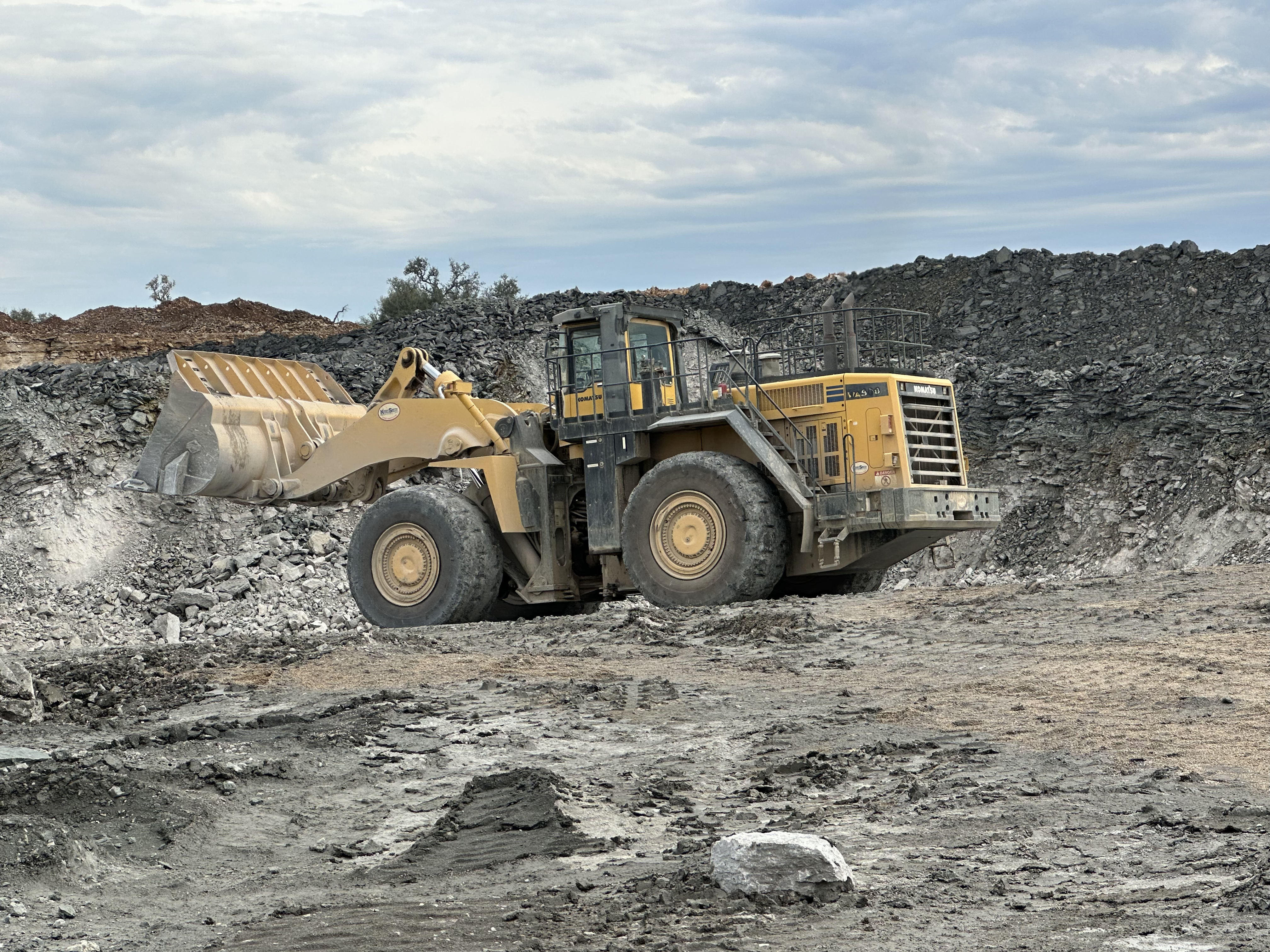




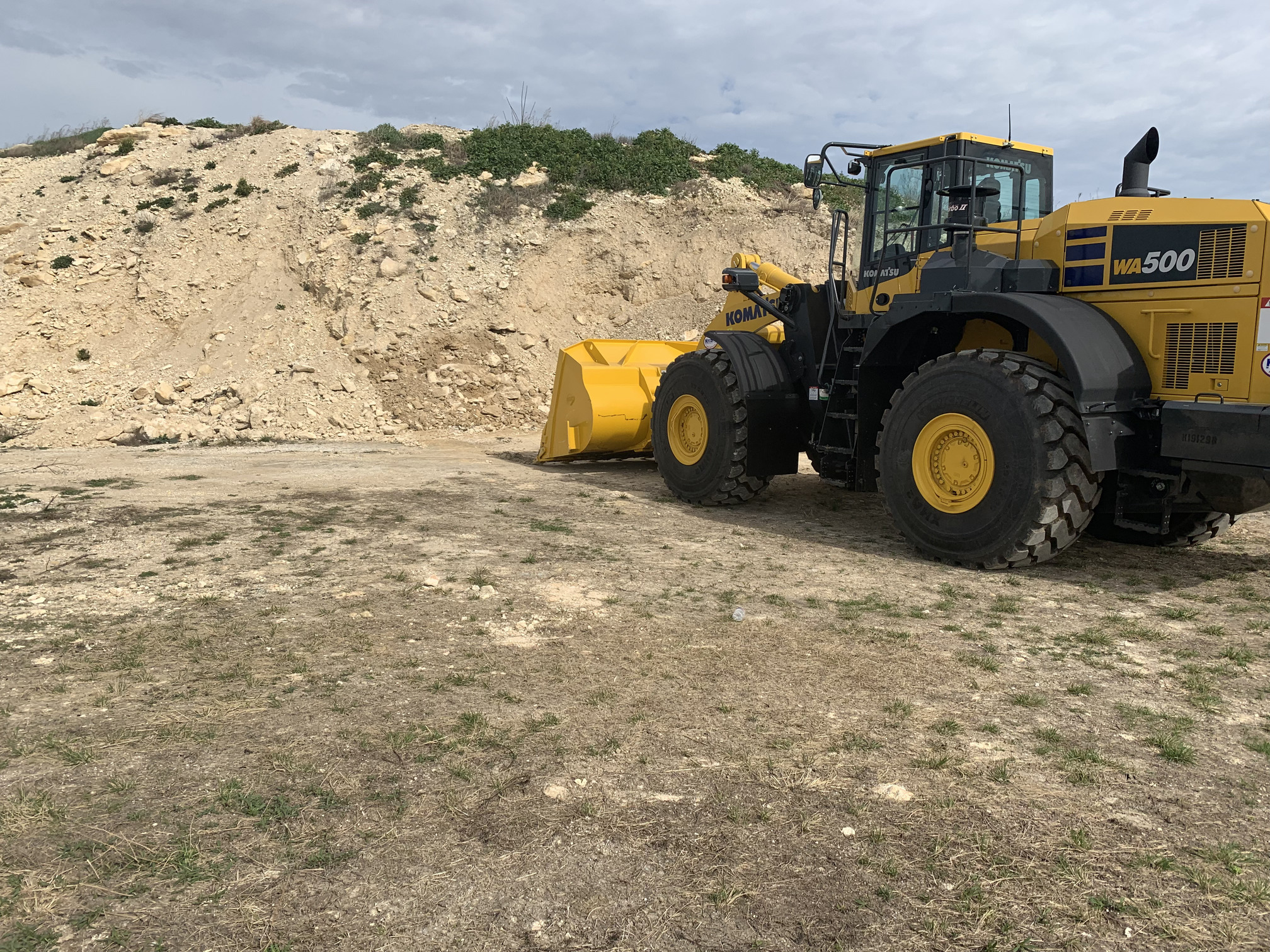
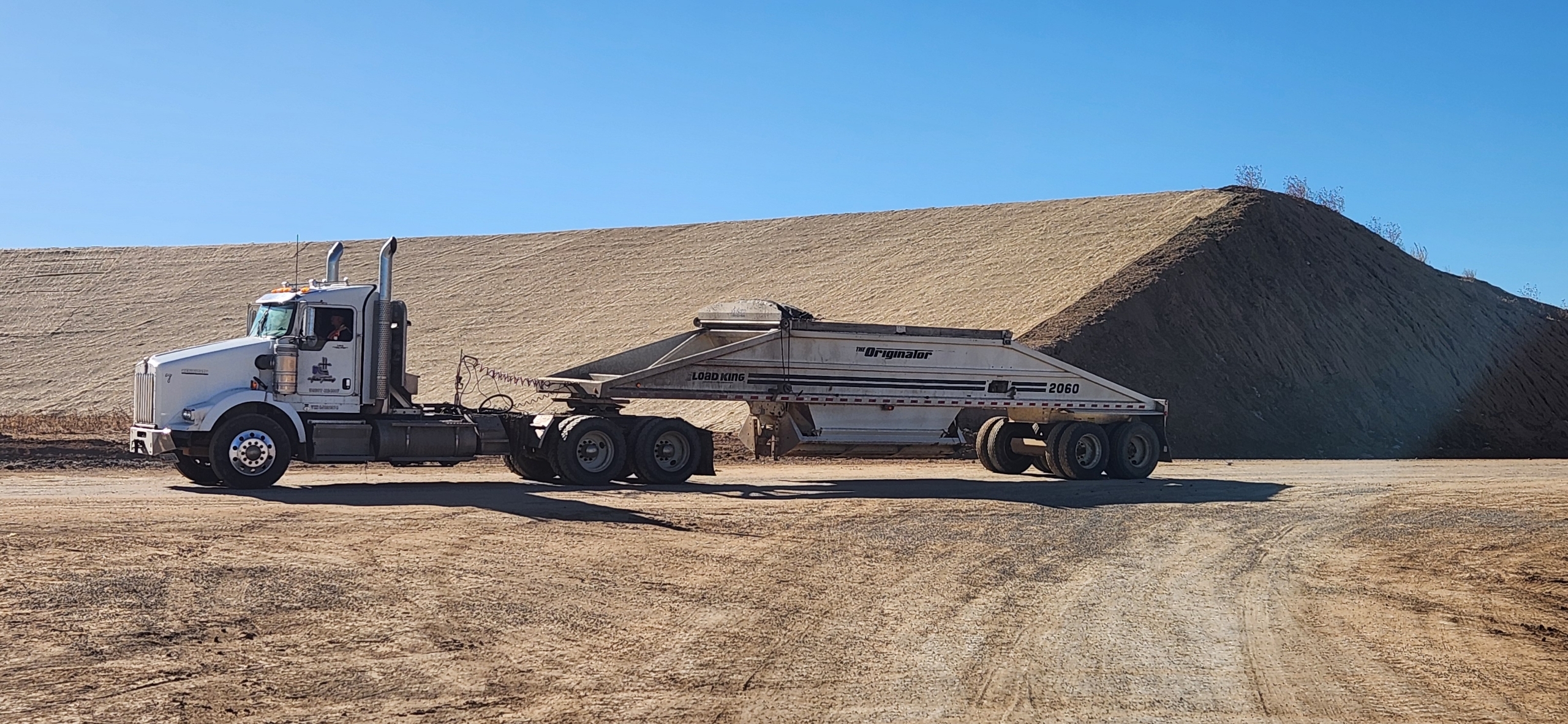
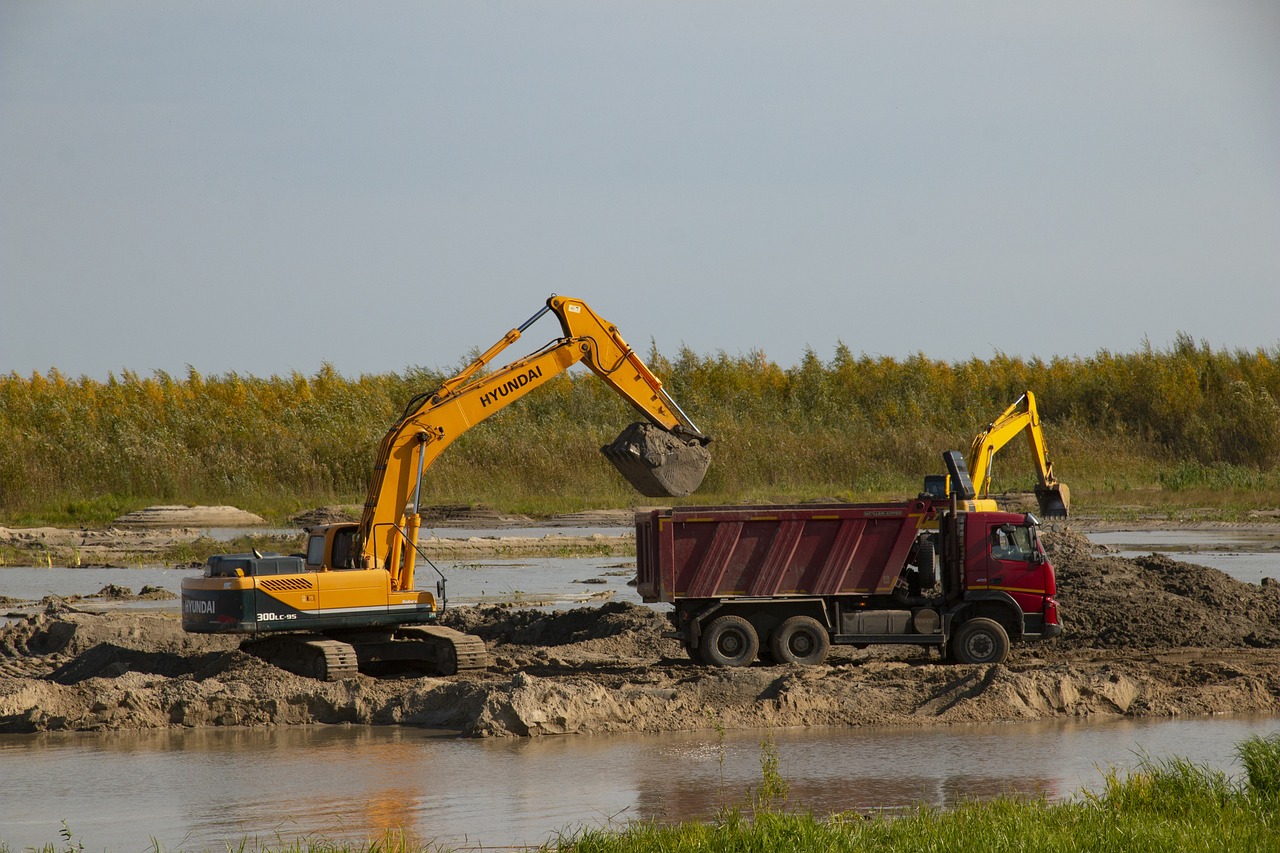

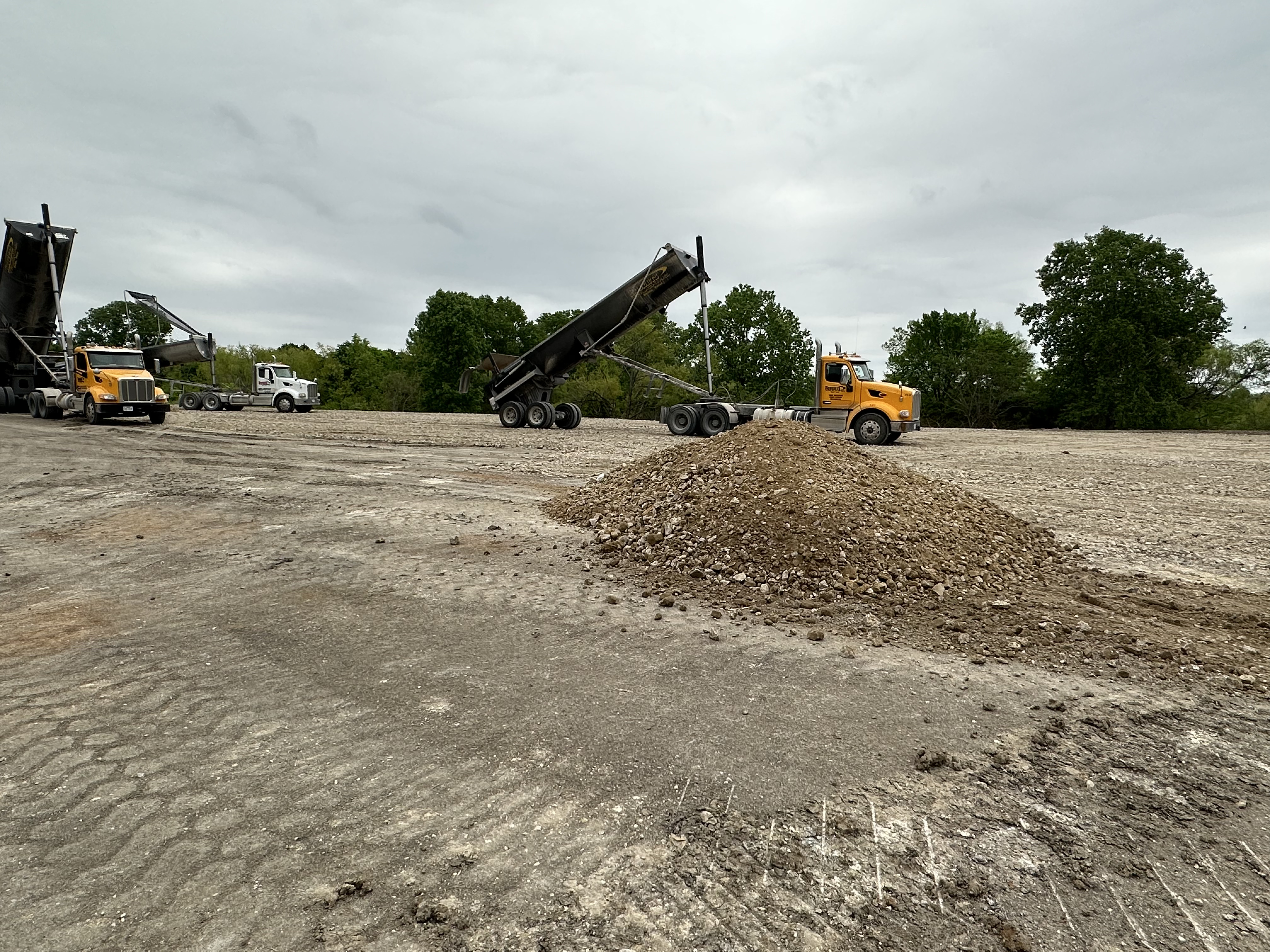
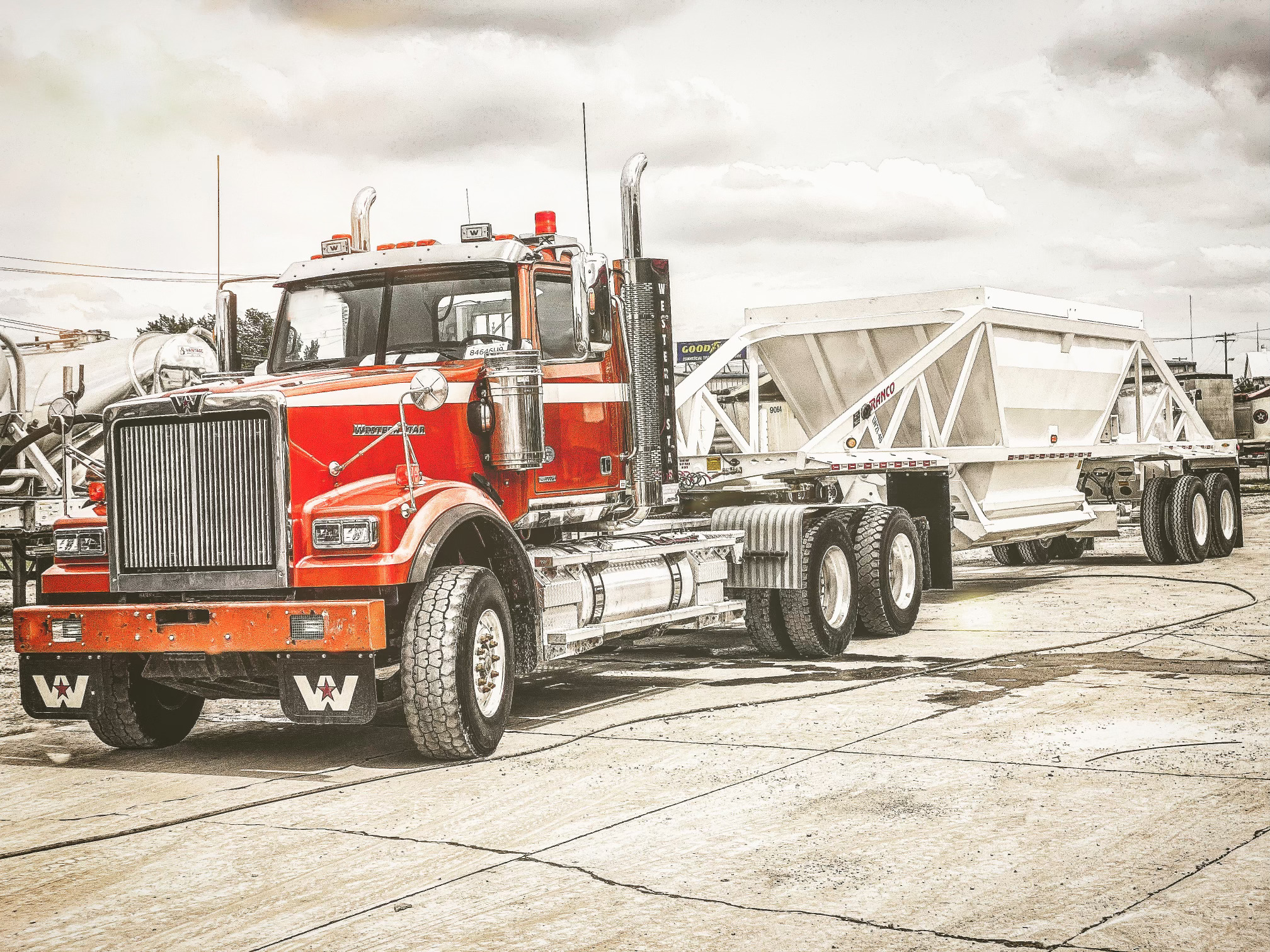
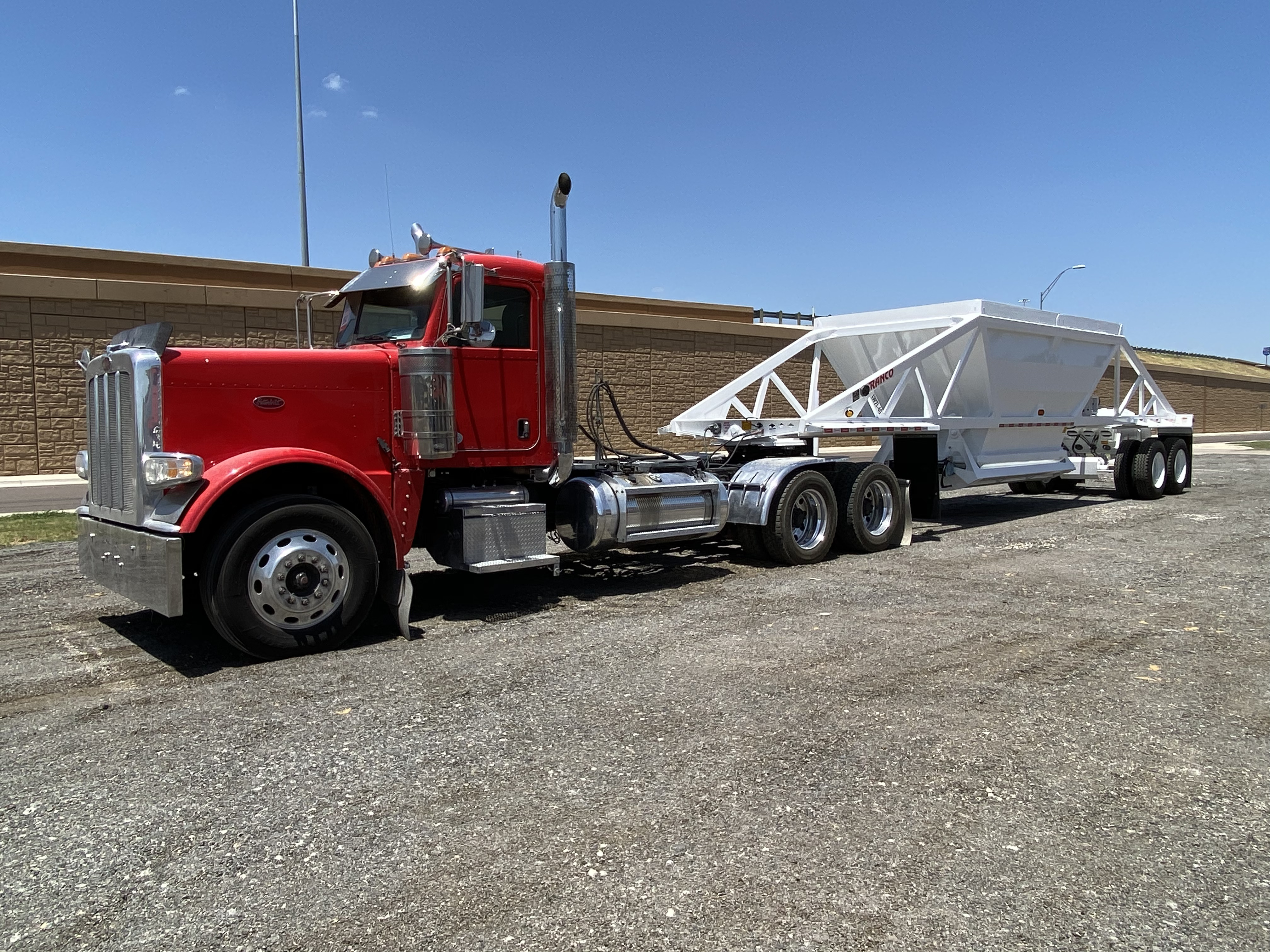
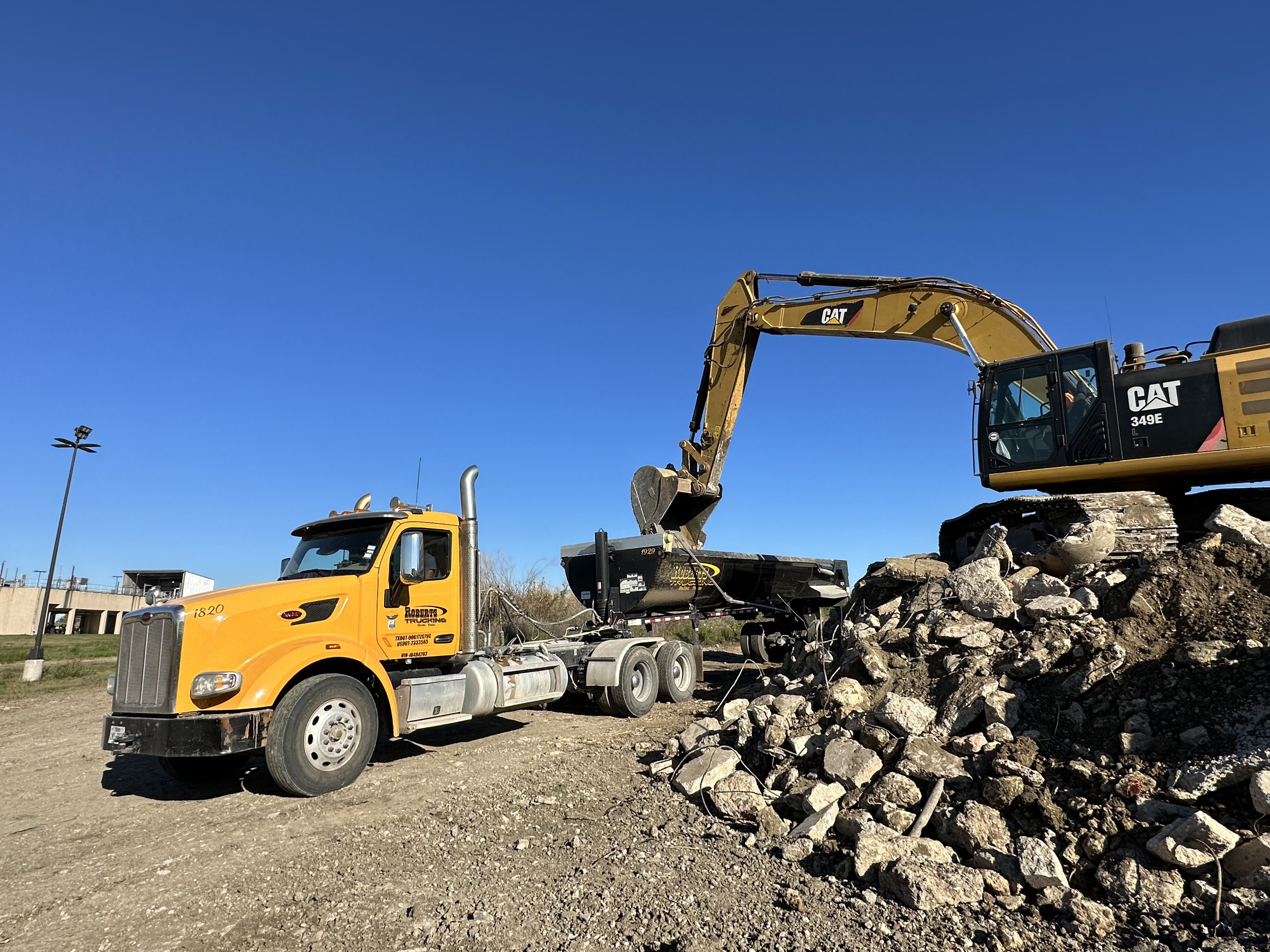
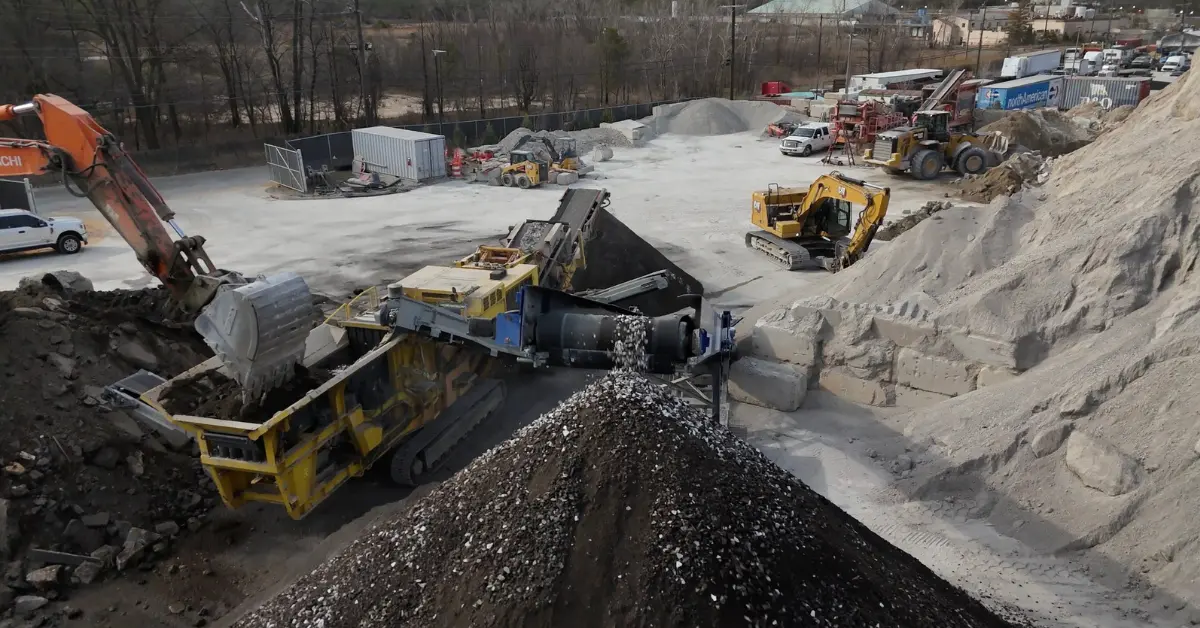
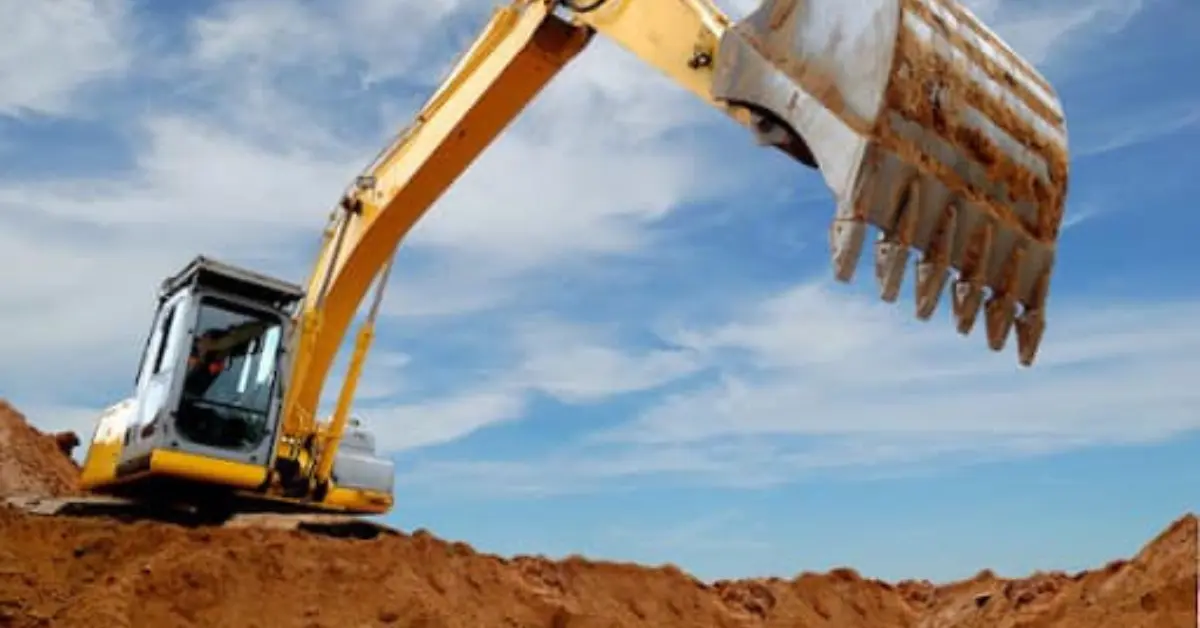
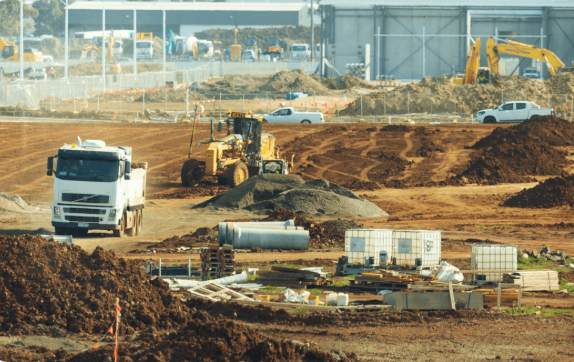
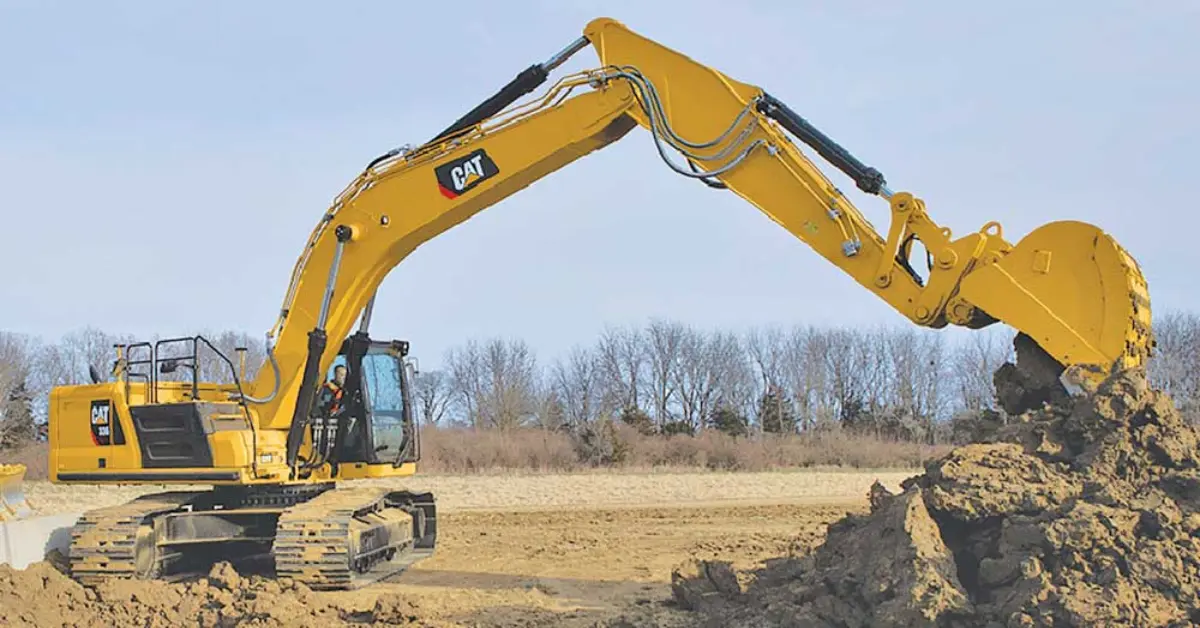
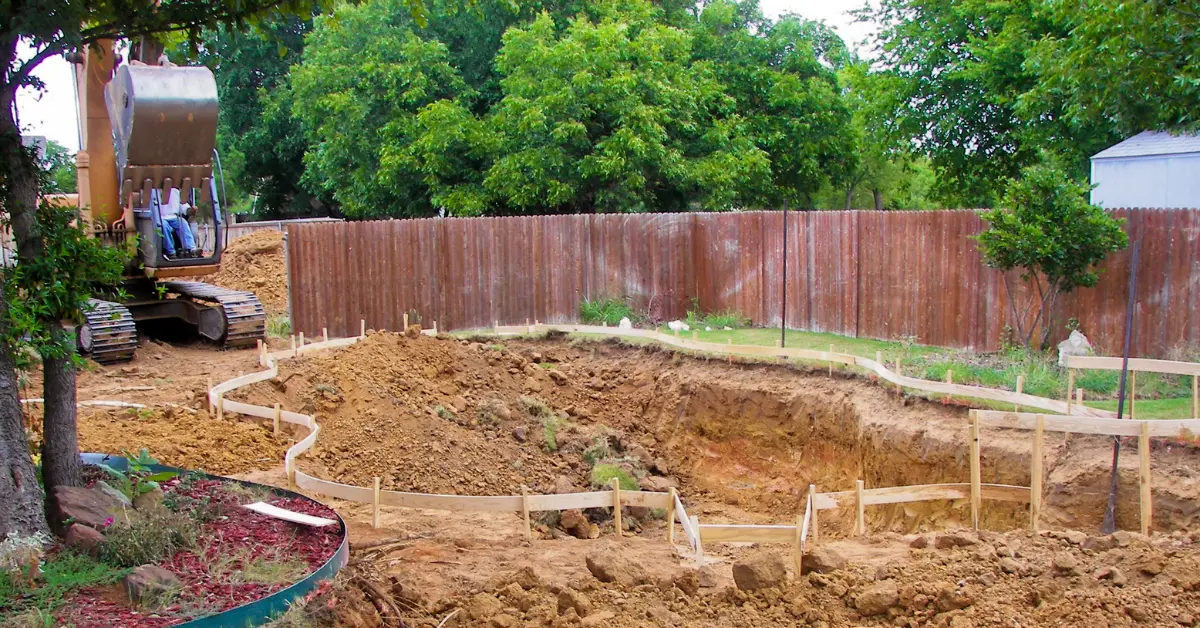
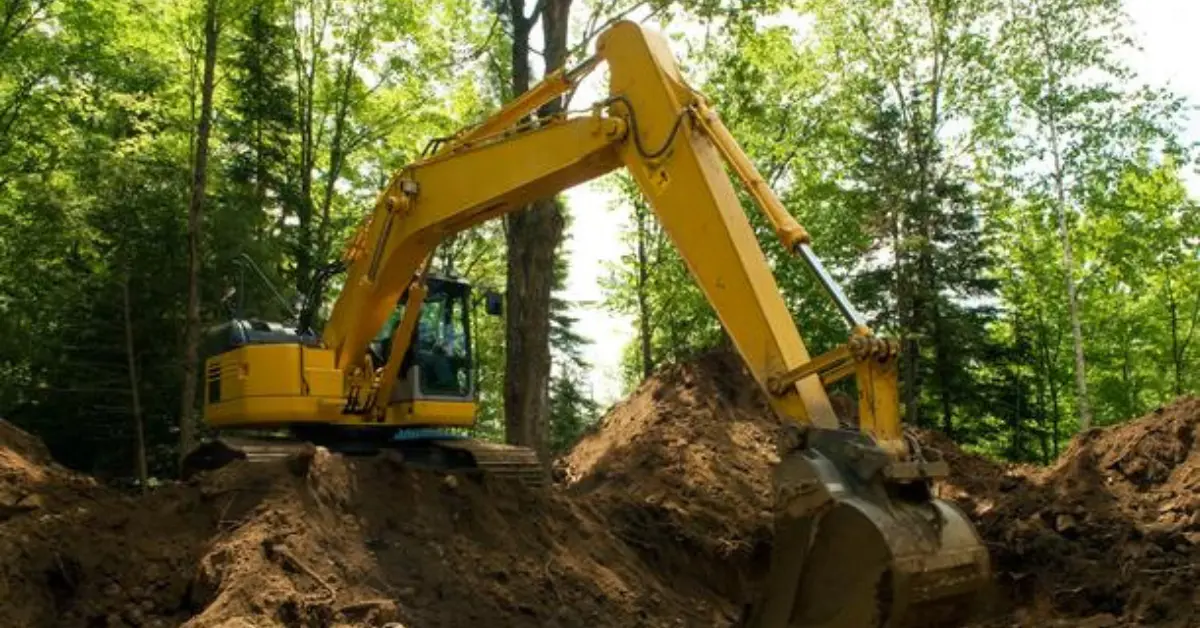
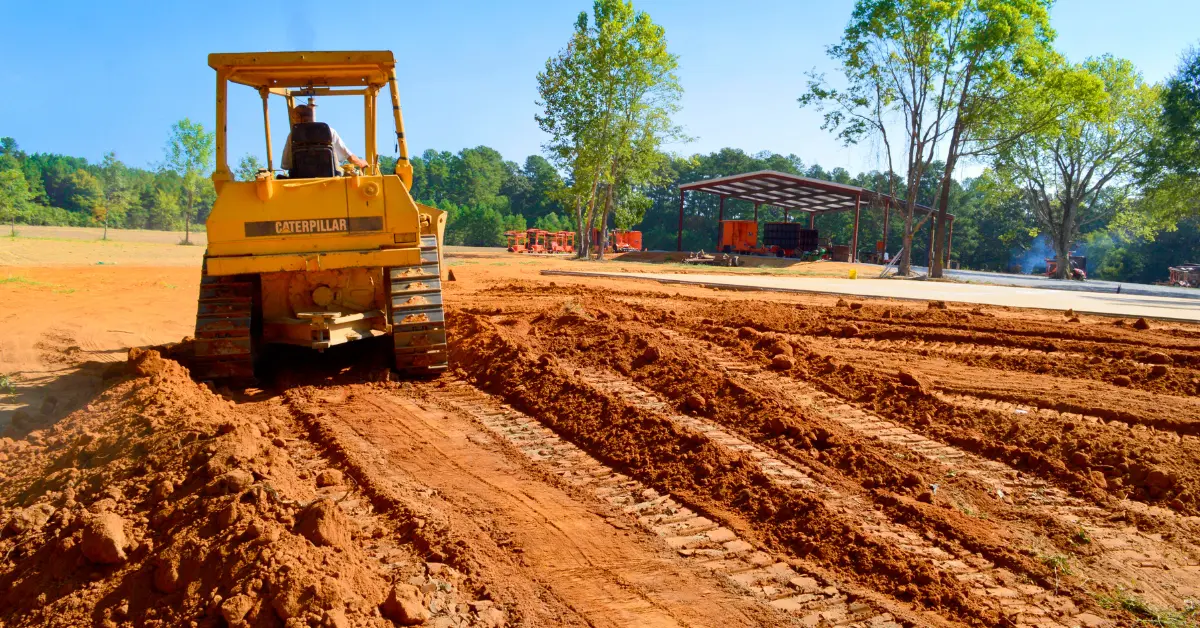
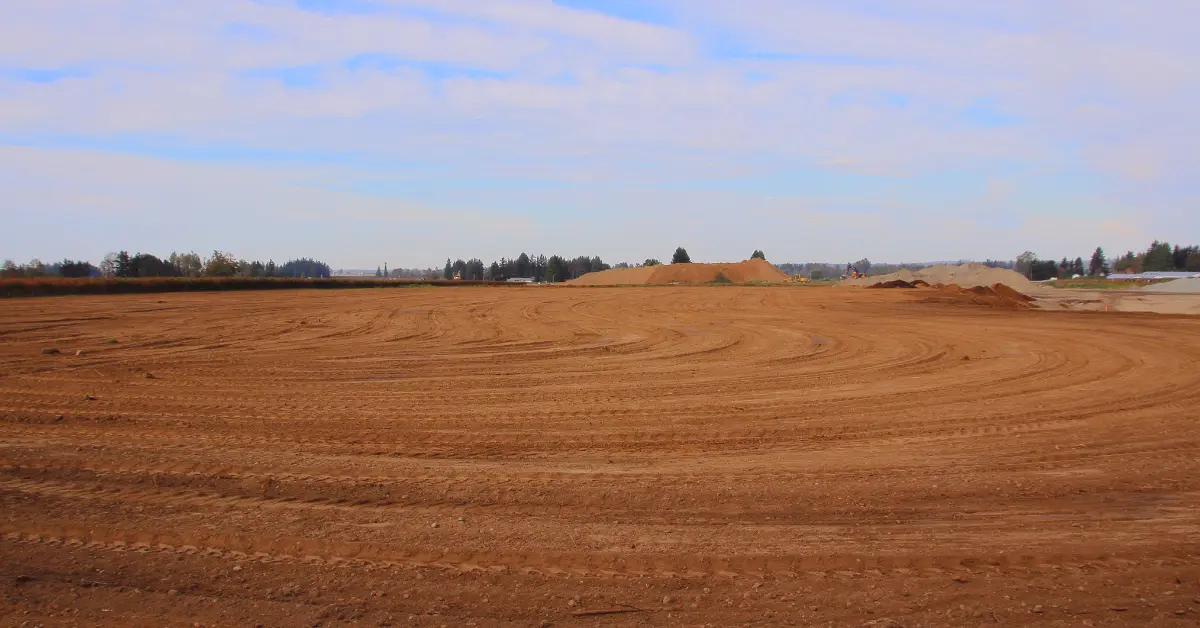



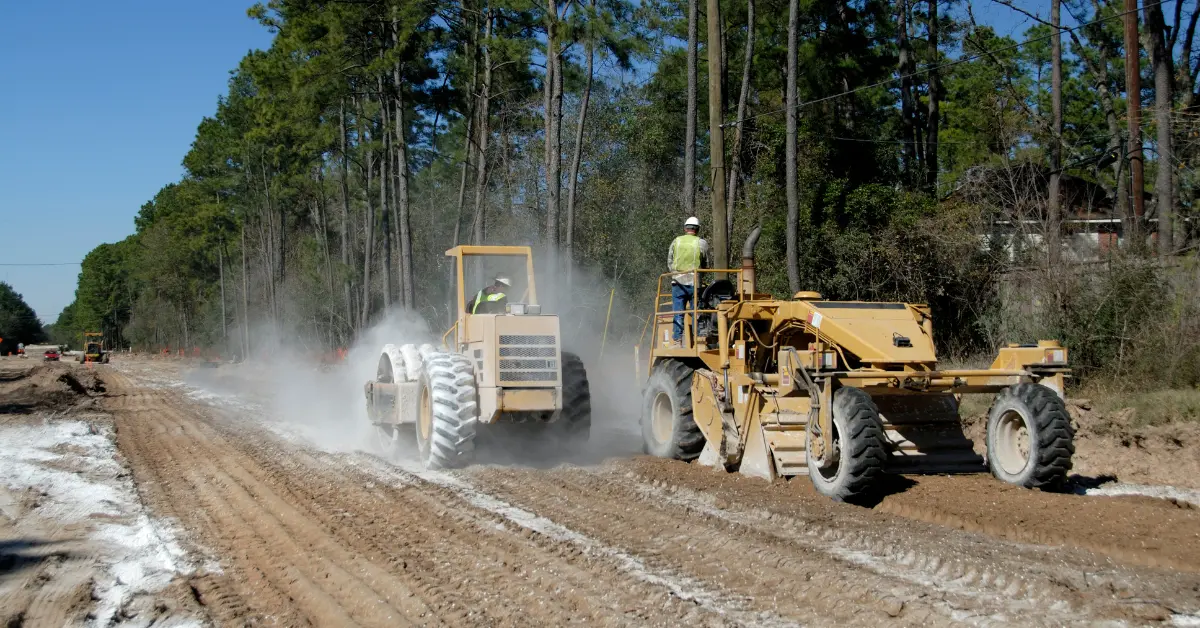



.jpg)

